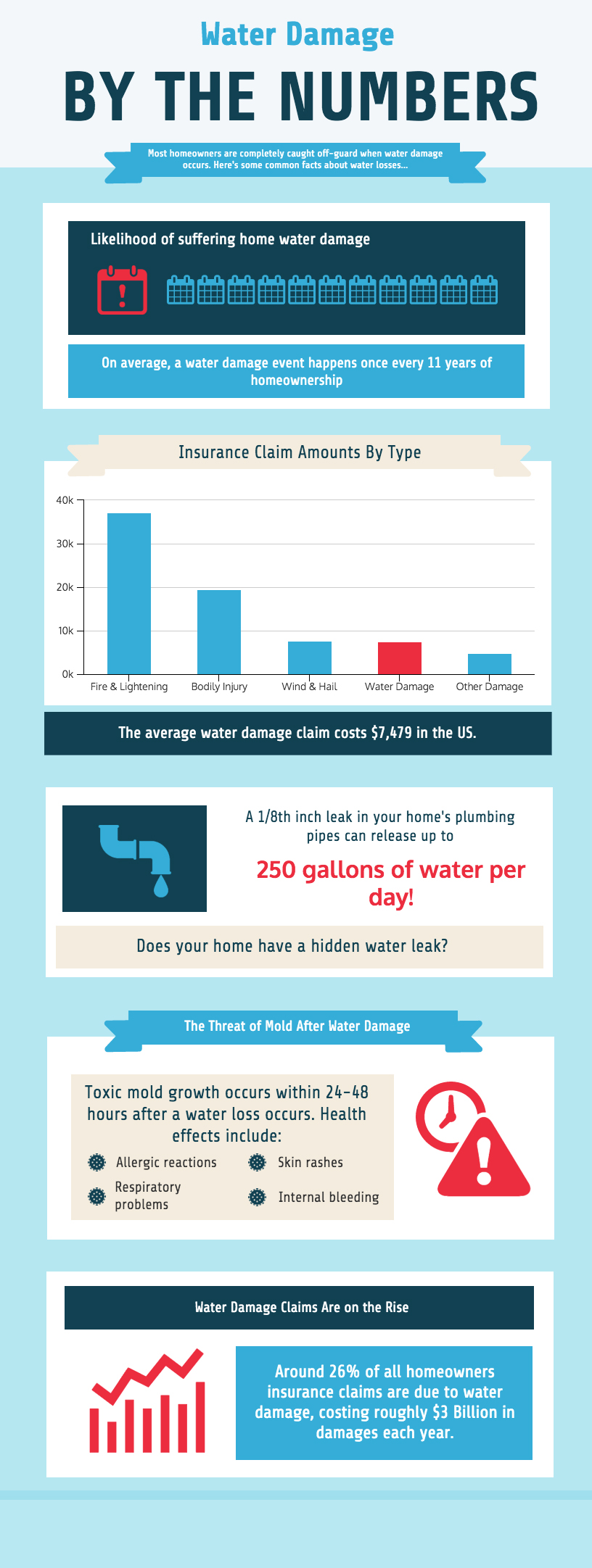How Climate Influences Solar Panel Performance: What You Required To Know
How Climate Influences Solar Panel Performance: What You Required To Know
Blog Article
Material Develop By-Turner Hines
When it concerns photovoltaic panel effectiveness, recognizing just how climate condition enter into play is essential. Image this: your solar panels basking in the sun's radiance, soaking up power to power your home. However what occurs when view it roll in or temperature levels vary? How does that influence your energy manufacturing? By diving right into the elaborate dancing in between weather condition and photovoltaic panels, you'll uncover vital understandings that can help you take advantage of your renewable resource configuration. Explore the nuances of sunshine strength, temperature level impacts, and the role of cloud cover and rainfall in optimizing your solar panel efficiency.
Influence of Sunlight Strength
In some cases, the intensity of sunshine can significantly impact the performance of solar panels. When the sunlight is solid and direct, your solar panels produce more electrical energy. However, throughout cloudy days or when the sun is at a low angle, the panels obtain much less sunlight, decreasing their efficiency. To maximize the energy result of your solar panels, it's essential to install them in locations with sufficient sunshine direct exposure throughout the day. Take into solar energy companies near me like shielding from neighboring trees or structures that could obstruct sunlight and decrease the panels' efficiency.
To enhance the efficiency of your photovoltaic panels, frequently clean them to get rid of any kind of dirt, dust, or debris that might be blocking sunshine absorption. Furthermore, guarantee that your panels are angled correctly to obtain the most straight sunshine feasible.
Influence of Temperature Changes
When temperature level adjustments occur, they can have a substantial impact on the performance of solar panels. Photovoltaic panel function best in cooler temperatures, making them extra reliable on light days contrasted to incredibly warm ones. As the temperature level enhances, photovoltaic panels can experience a decrease in effectiveness due to a phenomenon known as the temperature level coefficient. This impact creates a reduction in voltage output, ultimately impacting the general power production of the panels.
Conversely, when temperatures go down as well low, solar panels can likewise be impacted. Incredibly cold temperature levels can bring about a decrease in conductivity within the panels, making them much less effective in producing electrical energy. This is why it's important to think about the temperature level conditions when mounting photovoltaic panels to maximize their efficiency.
Function of Cloud Cover and Rain
Cloud cover and rains can dramatically affect the efficiency of photovoltaic panels. When clouds obstruct the sun, the amount of sunshine reaching your solar panels is lowered, bring about a decline in power production. Rain can additionally affect solar panel performance by obstructing sunshine and producing a layer of dirt or crud on the panels, additionally reducing their ability to generate electrical power. Even light rainfall can spread sunlight, creating it to be much less concentrated on the panels.
During cloudy days with heavy cloud cover, solar panels may experience a significant decrease in power output. Nonetheless, it deserves noting that some modern photovoltaic panel innovations can still generate electrical power even when the sky is over cast. Additionally, rainfall can have a cleansing result on photovoltaic panels, washing away dust and dust that might have accumulated with time.
To take full advantage of the effectiveness of your solar panels, it's important to think about the effect of cloud cover and rains on power production and make certain that your panels are effectively kept to hold up against varying climate condition.
Verdict
Finally, weather plays a significant duty in the performance of your solar panels. Optimizing sunshine direct exposure, managing temperature level modifications, and monitoring cloud cover and rainfall are crucial elements to think about for optimum energy generation. Routine upkeep, such as cleansing panels, is crucial for maintaining peak performance. By understanding exactly how climate influences your photovoltaic panel performance, you can make educated decisions to make best use of power result and savings.
